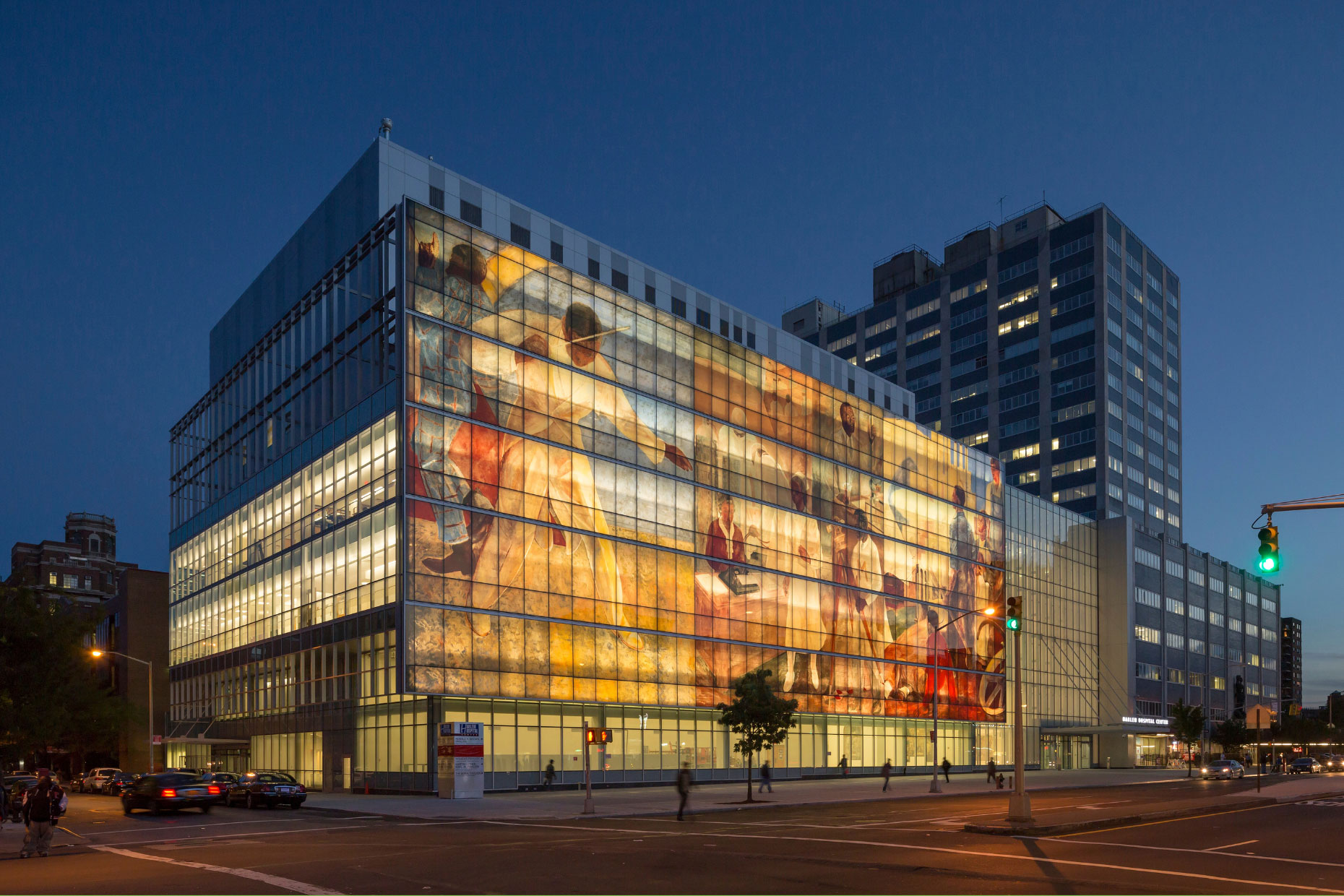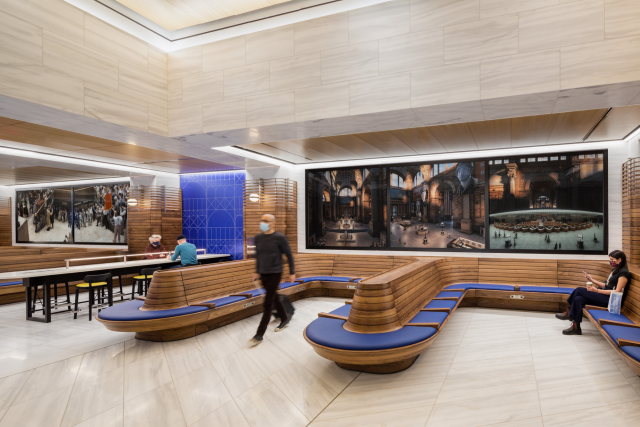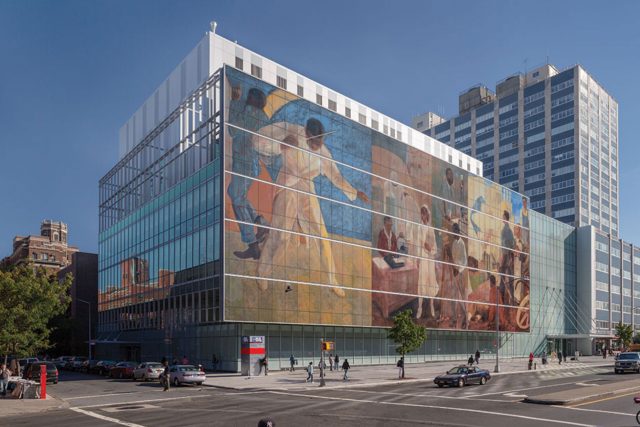December 08, 2023

Decorative glass has emerged as a transformative technique in public art, capturing the attention of artists, architects, and onlookers alike. Direct-to-glass printing, the process of applying permanent designs onto glass surfaces, redefines creative expression in public spaces. This digital marvel combines artistic vision with cutting-edge technology, producing enduring masterpieces that adorn cities and engage communities.
The Artistry of Direct-to-Glass Printing
Direct-to-glass printing breathes life into glass surfaces utilizing specialized ceramic frit ink. Celebrated for its precision and durability, the operation transcends traditional limits, enabling artists to craft intricate artworks directly onto glass structures. Architects and designers can manipulate art, color, light, and opacity, transforming traditional glass into captivating canvases. The result is a remarkable fusion of art and architecture.
Benefits of Glass Printing for Public Art Installations
A hallmark of innovation in architectural design, direct-to-glass printing’s distinct advantages make it an ideal solution for artistic installations in urban spaces:
1. Vibrance and Durability: Creating vivid, high-resolution designs, direct-to-glass printing endures the test of time. Durable ceramic frit ink is fused into the glass during the tempering process, creating a permanent design that is UV-safe, fade-proof, and scratch-resistant. This means timeless displays that remain visually striking for decades.
Example: The “Penn Station’s Half Century” display inside Moynihan Train Hall showcases photographs of historical events from Penn Station re-enacted and captured onto nine oversized panels of 12mm low-iron glass tempered with Alice® direct-to-glass printing. World-renowned artist Stan Douglas employed this deeply customizable method for his largest public art display to date, ensuring the brilliance and longevity of this historic landmark.

2. Customization and Flexibility: The precision and flexibility of direct-to-glass printing enables artists to infuse their creations with unique colors, patterns, and textures. Unlocking boundless creativity, the resulting public art becomes as diverse as the imaginations behind it.
3. Resilience and Low-Maintenance: Art installations often face harsh conditions and weather-related preservation challenges, but direct-to-glass prints are sturdy and effortless to maintain. Aside from traditional cleaning, these works require no upkeep and can withstand harsh elements, making the final product ideal for interior and exterior installations.
4. Transparency and Light Play: The inherent transparency of glass provides a multidimensional canvas ripe for artistic experimentation. Direct-to-glass prints interact with light in mesmerizing ways, creating distinctive visual effects that can be seen both inside and outside an installation, capturing spectators’ curiosity from multiple perspectives.
Example: The glowing art installation at Harlem Hospital Center features 429 unique, low-e laminated, insulated, digitally printed pieces of glass integrated directly into the Center’s facade. A stunning display both day and night – whether viewed from the interior looking out or observing the building’s exterior from outside – this towering artwork will remain an image of resilience for generations.
5. Sustainability and Multifunctionality: Direct-to-glass printing masterfully produces multifunctional glass configurations for energy efficiency, sound control, and safety––or any combination. This versatility allows creators and designers to transform ordinary glass structures into captivating public art pieces with multiple purposes to meet today’s building code requirements.
Incorporating direct-to-glass printing in public art projects enhances aesthetic appeal, longevity, and creative possibilities, making it a preferred choice for artists, designers, and urban planners aiming to enrich public spaces with visually impactful and enduring artworks.
GGI Brings Decorative Glass to Architectural Design
With over a century of expertise, General Glass International (GGI) is a family-owned and operated business specializing in custom fabricated glass solutions, including Alice® direct-to-glass digital ceramic printing. Stephen Balik, Vice President of Business Development, represents the family’s fifth generation of company leadership:
“Bringing glass art into public spaces creates a brilliant architectural design enjoyed by both occupants and observers,” says Balik. “The natural opacity of decorative glass allows for maximized daylighting and views—decreasing energy use and enhancing well-being for occupants. Additionally, glass is a durable material that requires no maintenance and can improve overall building sustainability.”
Renowned for its innovative approach, GGI is a trusted name in the public art industry, offering unique decorative glass options for architectural and design projects. Examples in this article illustrate GGI’s extensive portfolio.
Decorative Glass in Public Architecture
In the ever-evolving architectural landscape, direct-to-glass printing epitomizes imaginative expression. It facilitates a future where artistic brilliance knows no bounds and public spaces become immersive galleries. Embracing the possibilities of this transformative technique and collaborating with pioneering companies like GGI, designers and architects can translate their creative visions into enduring mediums that leave a vibrant legacy, enriching cities and illuminating urban environments for years to come.